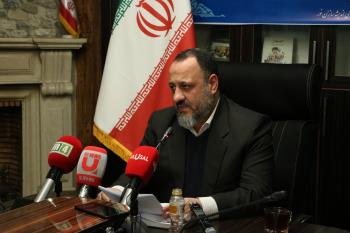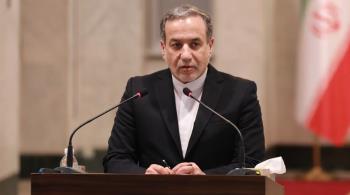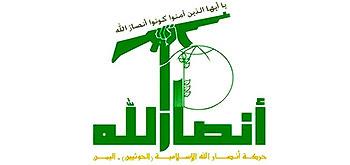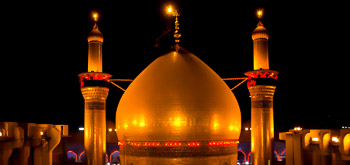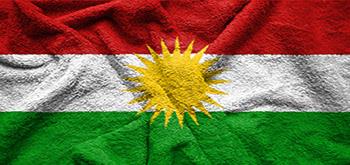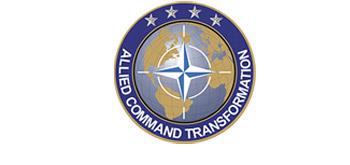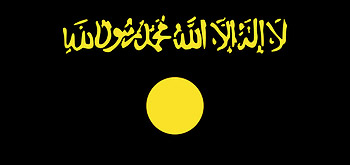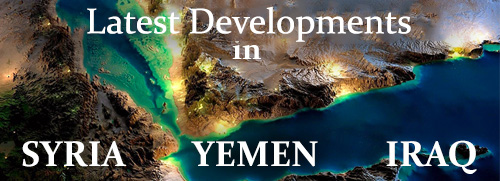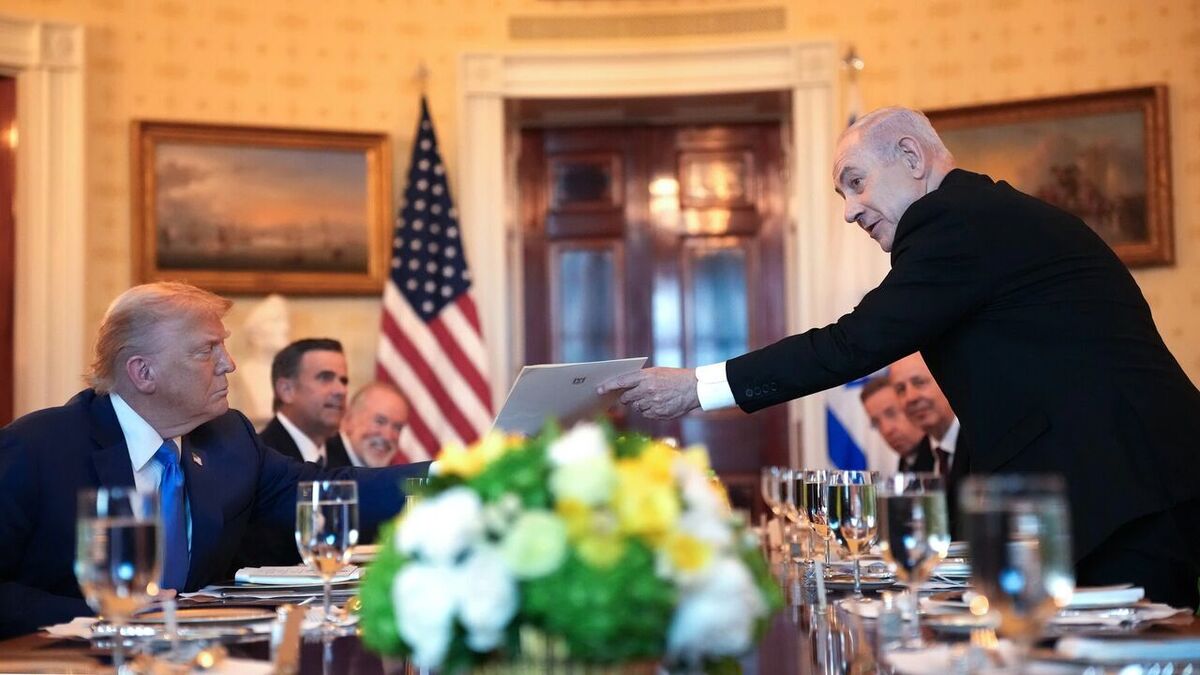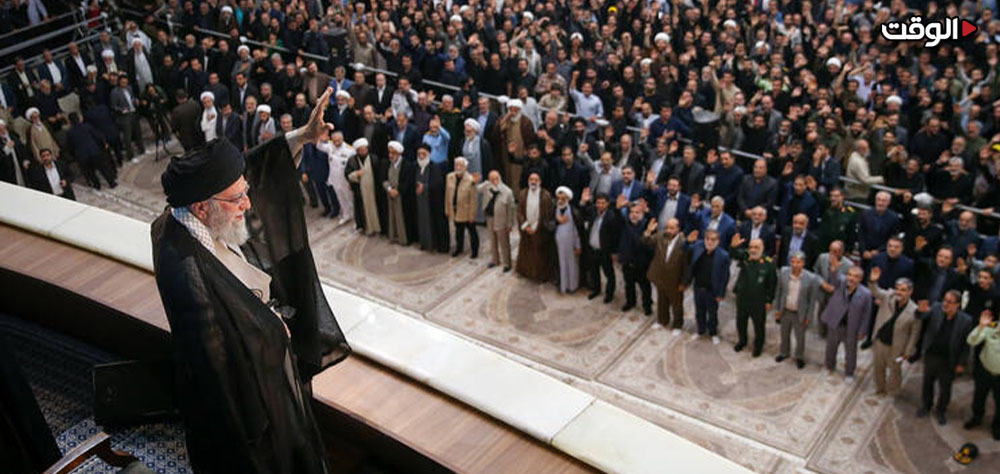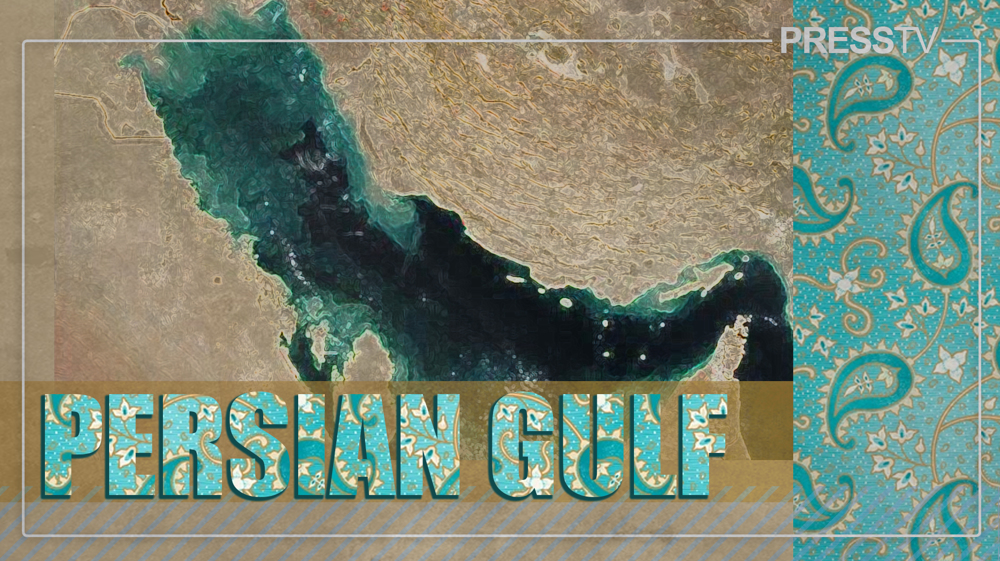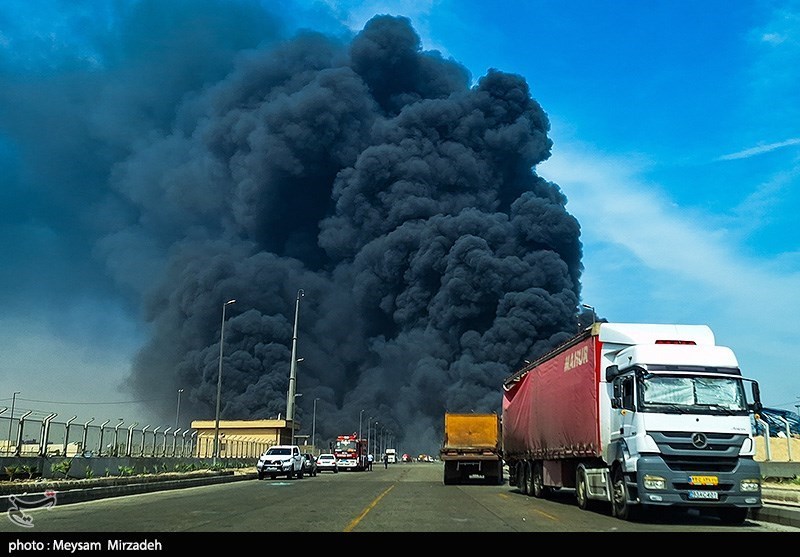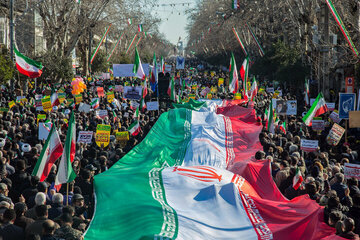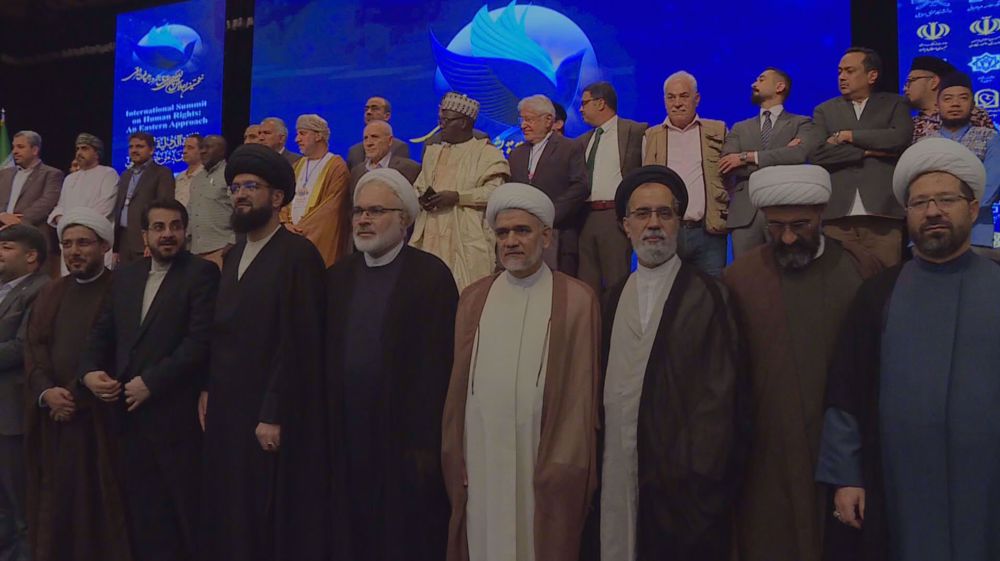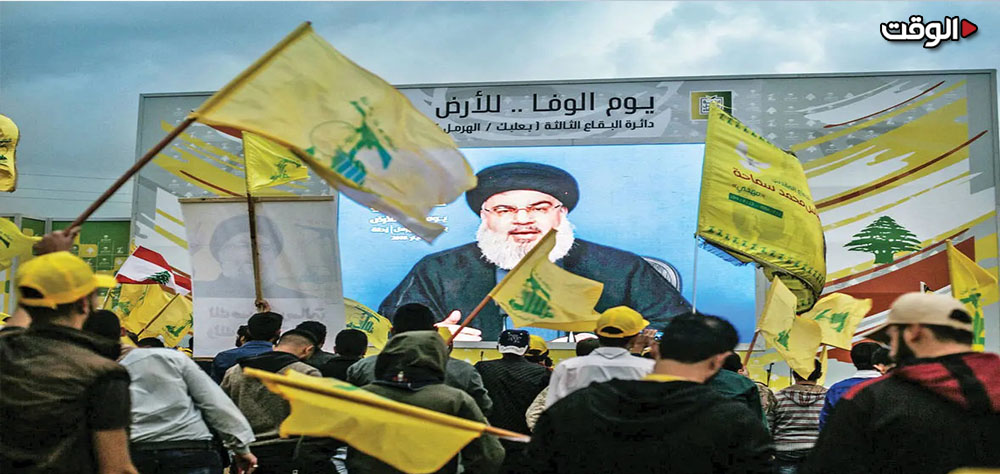Alwaght- Over the past week, the controversial Israeli Prime Minister Benjamin Netanyahu was the guest of Washington. The visit, which lasted almost a week, was unprecedented in its type in terms of the length as Netanyahu’s previous visits lasted only 48 or at most 72 hours. The timing was highly meaningful as it took place amid the ceasefire with Iran.
Ambiguity surrounding Netanyahu-Trump meetings
During his stay in the US, Netanyahu met three times with the US President Donald Trump. Three meetings between the two within a short time was unprecedented, showing that they have possibly discussed many concerns during their meetings.
The first meeting took place on Monday evening at a private dinner at the White House. The several-hour bilateral ended without media access or an official statement.
The meeting discussed the situation in Gaza and the ceasefire negotiations, Iran’s nuclear program, and the strategic alignment of the two sides.
The second meeting was reportedly held on Tuesday evening at the White House for about 90 minutes. The meeting was also held in secret and behind closed doors, and like the first meeting, no joint statement or public comments were issued by the parties at the end.
The third one took place less than 24 hours before Netanyahu left Washington, and Israeli media reports indicate that the third meeting between Netanyahu and Trump at the White House, which was also attended by the US Vice President JD Vance, ended without achieving any real and tangible results, and the confusion about the Gaza negotiations is so serious that the US special envoy for Middle East Steve Witkoff had to postpone his trip to Doha.
As the talks went lengthy, media speculations suggested that Trump and Netanyahu are at loggerheads over a set of issues. But what are they divided on?
Gaza: Axios news website reported on Monday, before Netanyahu arrived in Washington, that Donald Trump plans to coordinate his views with the Israeli PM on how to shape a comprehensive peace deal to end the Gaza war. Qatar is playing a mediating role in the Hamas-Israel talks. According to a source familiar with the matter, a Qatari delegation met with US officials at the White House for several hours before the US and Israeli leaders met. Trump confirmed during a cabinet meeting on Tuesday that he plans to talk to Netanyahu about Gaza, adding: “We have to resolve this issue.” Witkoff also announced that Israel and Hamas had resolved three of the four remaining differences during “indirect talks” in Doha, adding: “We hope to reach an agreement by the end of the week.”
Netanyahu also announced last Tuesday, after meeting with Mike Johnson, the speaker of the US House of Representatives, that he would meet with Trump about Gaza, adding: “Both sides have to agree. “I hope we can reach a conclusion. The less I say publicly about it, the better.” The remaining disagreement, reported Axios, concerns the Israeli military’s withdrawal from Gaza. The two sides discussed plans for redeploying troops in talks on Monday and Tuesday, according to a source familiar with the matter. Hamas wants the Israeli occupation forces to return to the lines before the previous ceasefire collapsed in March, but Netanyahu has so far refused to accept this demand. This is likely to be the main remaining sticking point in the Gaza ceasefire talks.
On the other hand, Trump desperately needs a ceasefire in Gaza. Trump considers himself a Nobel Peace Prize nominee, but his slogans for establishing peace in Ukraine and Gaza have so far remained the same slogan. Despite Trump’s claim during the election campaign that he would end the war in Ukraine in 24 hours, he admitted on Thursday that he had failed to establish a strike a peace deal in Ukraine and strongly attacked his Russian counterpart Vladimir Putin. Trump had also claimed to establish a ceasefire in the war in Gaza, but the war is still ongoing in Gaza 6 months after Trump took office. In a situation where Trump has failed to establish a ceasefire in Ukraine, he sees himself in need of achieving a ceasefire in Gaza to fulfill at least part of his election campaign-time promises. Therefore, Trump emphasizes establishing a ceasefire in Gaza to make a diplomatic gain, but it seems that the biggest obstacle to Trump’s goal is Netanyahu himself, who has set conditions for the ceasefire.
Ostensible difference behind hidden coordination: After return from the US, Netanyahu mentioned Iran, saying that it was part of his talks with the American president. Reuters reported that the two are divided on how to further deal with Iran. Other Western media, including the AP, also claimed gaps between Netanyahu and Trump on Iran. This is not the first time media claim differences between the two, but many agree these are utter claims.
Two months ago and before Israeli aggression on Iran, media reported differences between Netanyahu and Trump, but at the end, the war was waged jointly by Tel Aviv and Washington.
In fact, playing divided over Iran is more a show than a reality. In other words, Netanyahu through claiming difference with Trump and the US administration’s pressures on him works to pacify the home hardliners as the latter attack him for ceasefire with Iran. This is while during attacks on Iran, the US practically stood as a strategic ally of the Israeli regime and played a pivotal role in the anti-Iranian military operations. In other words, coordination between the White House and Netanyahu government was obvious and undeniable.

